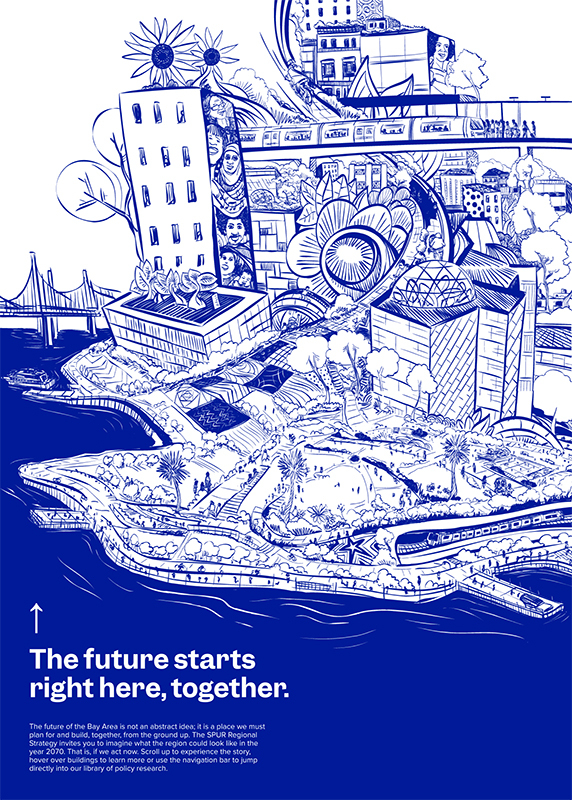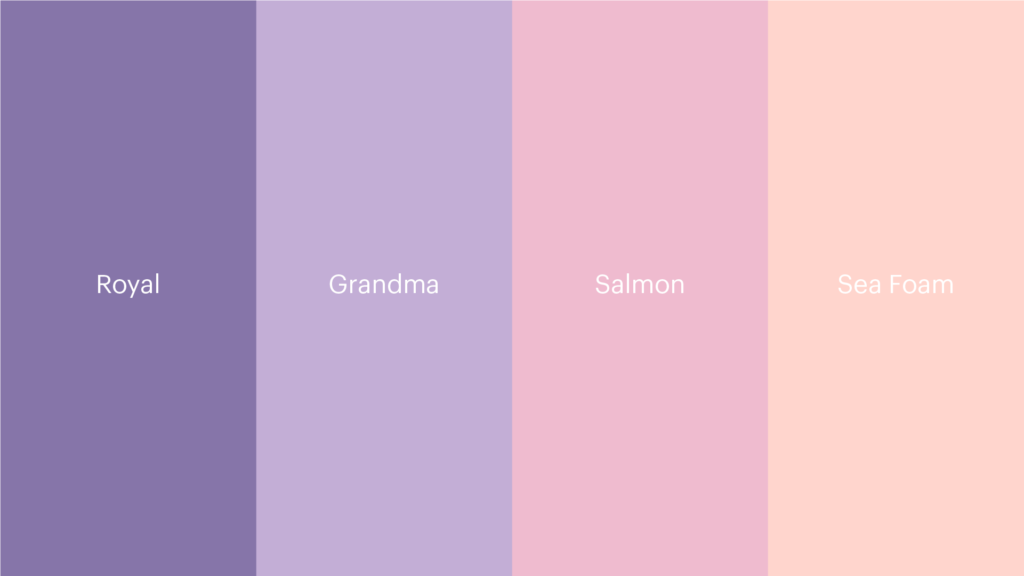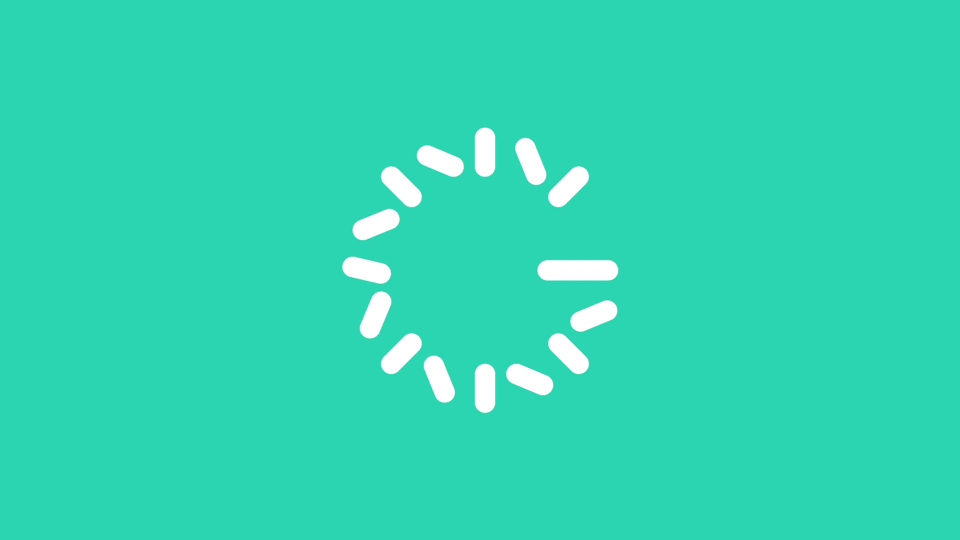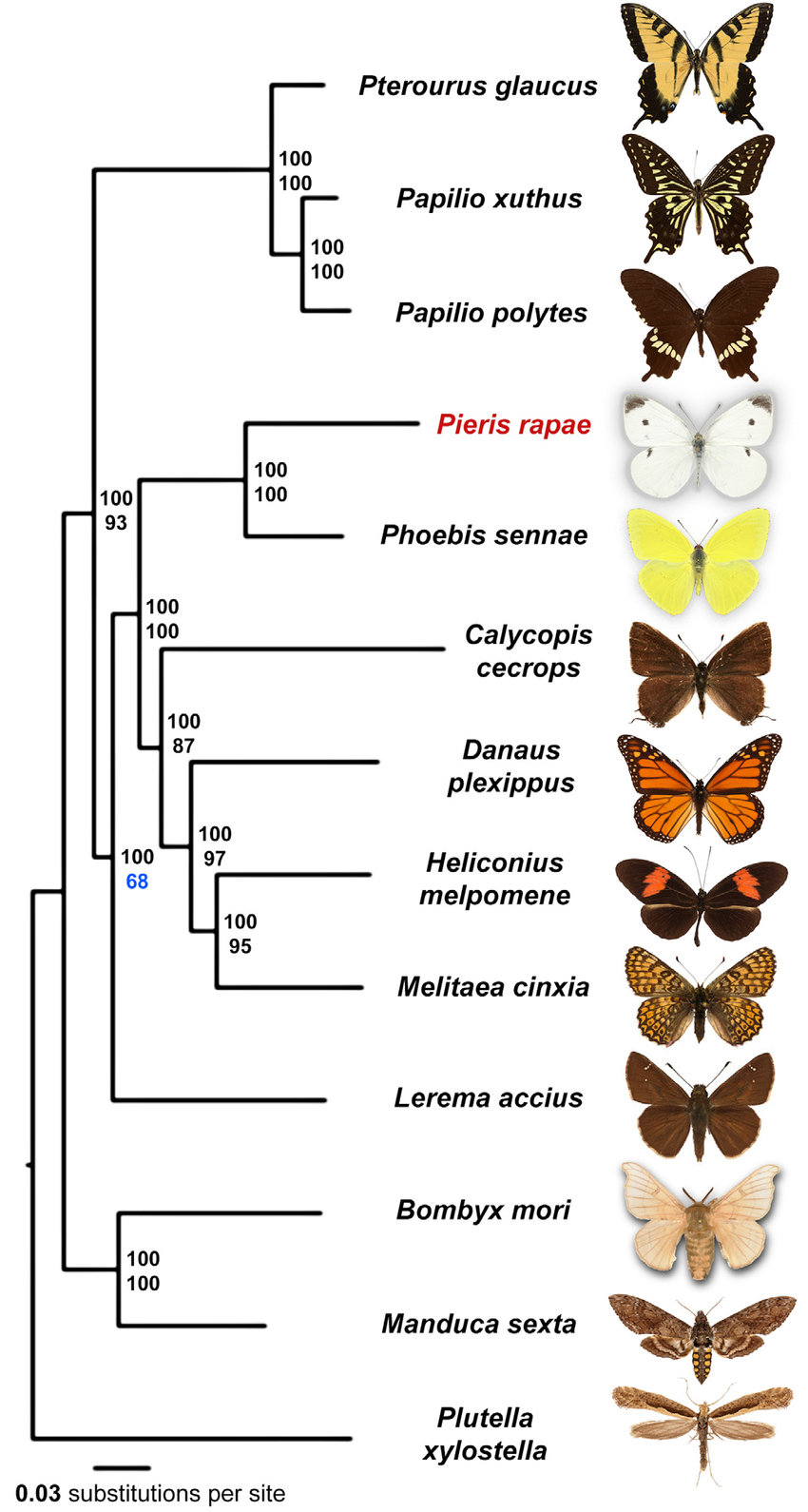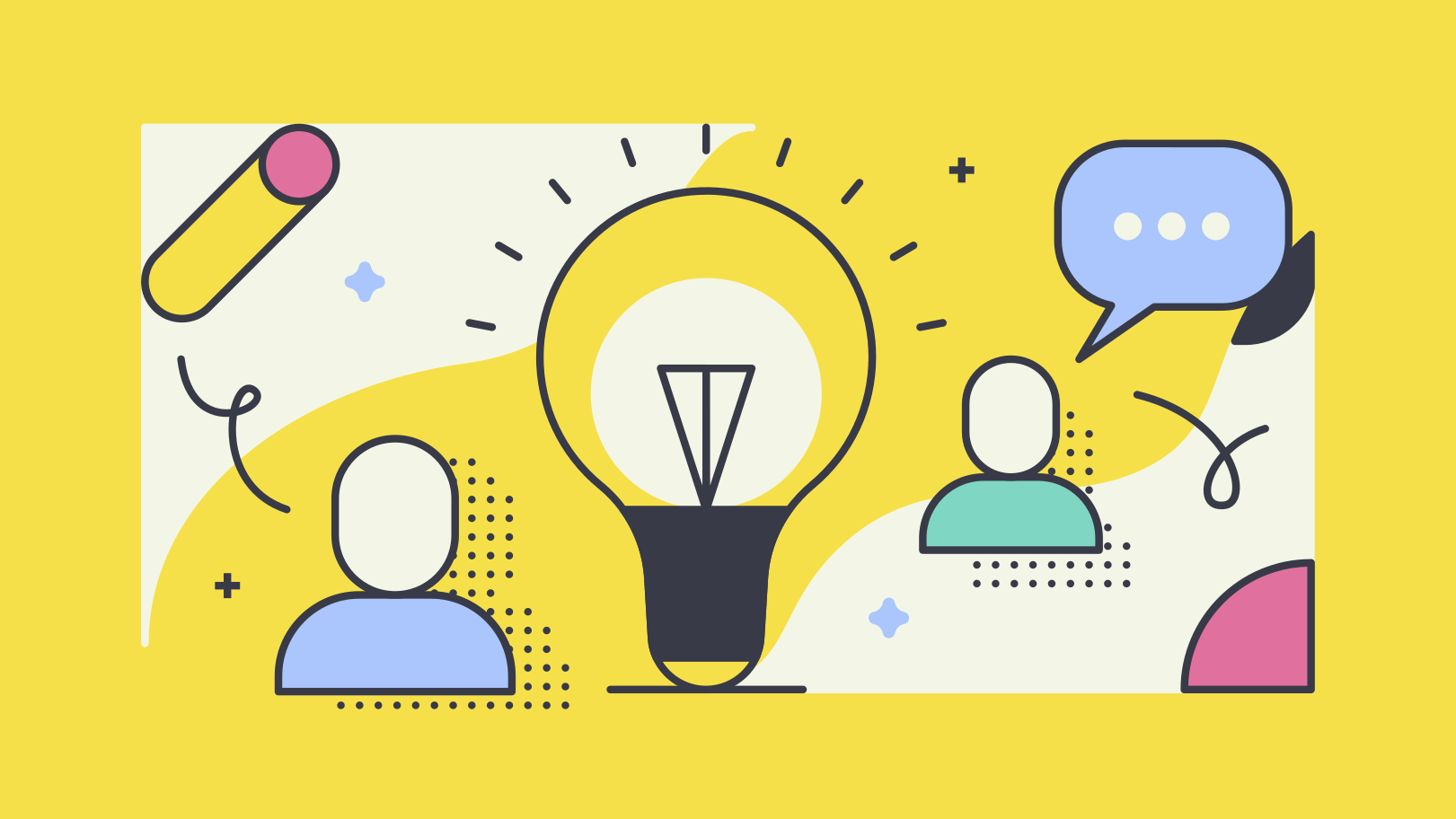August 16th, 2021. I find myself sitting in front of my oversized monitor, surrounded by the predictable Apple devices. My hand is resting on the mouse, Coldplay sings “Yellow” through my overpriced Air Pro Max headphones, while I stare at the white artboard spread across my screen. My left hand rests on the keyboard, while my index finger taps the “T” key. Tik, tik, tik… is it just me, or is my monitor getting bigger and the artboard getting brighter? Two big sinister eyes appear on my screen and before I know it, the Creative Block Monster grabs a hold of me and sucks me into a bright white room. It’s a monstrously large and so glaringly bright space. The only sound is the buzz of the overhead lights. One thought passed through my mind: “F*%$!”
A month earlier, after a year and a half of in-house work staring at the same logo, colors, and fonts, I had that sinking feeling in my stomach that I was losing the creative part of me. I was a worker on the brand assembly line churning out the same art day-in and day-out. Clock in. Cut. Paste. Repeat. Clock out.
As I exported what had to be my 23rd banner ad, fifth whitepaper, second sales deck, and third costumed canary (don’t ask), I stopped, took a step back, then another away from the assembly line permanently.
Flash forward to today, my new job as a designer includes working with a larger team that builds multiple brands from the ground up. And now I find myself in the white room behind my screen with Kevin, the Creative Block Monster, hissing like a snake, in my ear “You can’t do it. You’re not a real designer. You’re going to fail.” One thing I know for sure that I’m good at is a challenge and I’m going to take Kevin down.
So, what’s my trick to fighting back? It’s not a singular guaranteed solution, like a big switch I turn on and behold my creativity. Instead, it’s more like a series of little tweaks, levers, buttons, and dials that allow at first a trickle, then a stream, a flow, and finally a raging river of ideas and creative solutions all landing on the screen.
- Write a list.
List everything you want (not need) to get done today. If you need to do it, it’s a chore. If you want to do it, it’s a choice. While this seems to be far from what a designer should be doing, ticking off list items is very satisfying, and brings about a sense of accomplishment. It also serves a dual purpose of getting distractions out of the way, leaving room for your mind to relax and explore. - Doodle.
I was the child who loved to doodle little stories down the margin of her notebook. Sometimes they were flowers in a secret garden, other times they were stick figures climbing up the margin ladder or swans diving off into a cup of water. Doodling is not meant to be a masterpiece. I suspect even Michelangelo doodled stick figures on the Vatican ceiling. Doodling, like writing, gets you out of your head. Before you know it, you’re sketching ideas and solving the design dilemma, and you haven’t even put it on the screen yet. - Step away from the computer.
I mean it. Stop perusing the internet and staring at Dribble, Pinterest, Designspiration, Behance, or other showcases of beautiful design. You’re feeding the Creative Block Monster with self-doubt and frustration as to why you can’t create what you see. Go back to your design books. You know, those dust-covered blocks of paper that have been carefully arranged so that the shelves and tables scream, “A designer lives here!” When I lived by Japantown in San Francisco, I would walk over to Kinokuniya Bookstore, pull design and art books off the shelves, and flip through them to absorb the ink-based designs right off the pages. Many of those books came home with me and I still refer to them when I’m in a rut. - Get physical. Move!
Go for a walk, hop on the Peloton, run a mile, or dance like nobody’s watching. The release of endorphins frees the mind and activates it at the same time. When you are doing something you don’t need to think about, you aren’t stressing and stress is one of the key blockers to your design ability. It feeds the monster. - Talk to someone. Anyone.
I am lucky to have a boyfriend who’s been in the design field for the last 25 years (it’s closer to 30, but he won’t admit it). I sometimes will ask how he’d solve the problem, and he’ll give me loads of resources to look at. Or I’ll ask to see what he’s working on and we find ourselves collaborating, which in turn gets us both out of our mental blocks. That being said, you don’t need a designer to help you. Talking to a friend in a non-design field can inspire you because you’re looking at the problem from an entirely different angle.
One last reminder before I go: it’s going to be ok.
You will have a day or days where you are completely stuck. You will be hard on yourself and want to give up. You will judge yourself horribly and, in frustration, throw a book, or an iPad (that was one expensive tantrum) across the room. But as mom has said when I’ve been down, “It’s always bad at night, but things will be better in the morning.” It’s worse in the moment, but remember that it’s just a moment in a lifetime of moments. Things have a way of working out and when they do, you become a stronger designer because of it.







